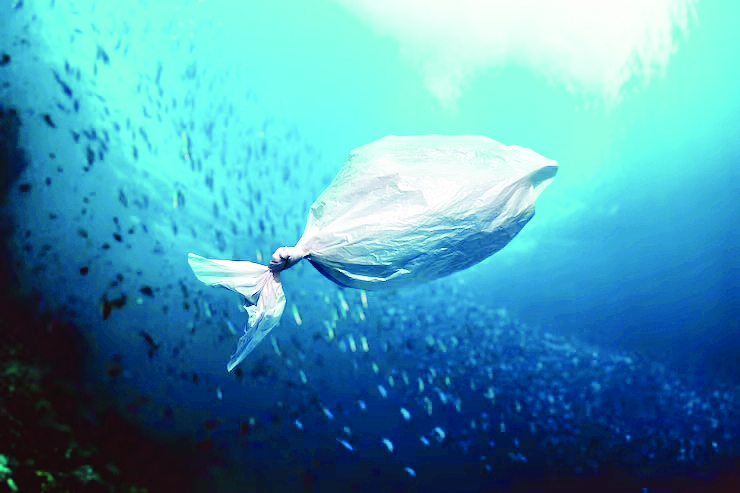IIT Madras review identifies residential houses’ impact
Municipal wastewater a key source of trouble

An IIT Madras review identified prominent and unnoticed sources of microplastics in residential buildings as a source of microplastic pollution. The study also identified their transportation, transformation and toxicity effects in aquatic organisms and human beings.
The review suggests that among the various sources contributing to the spread of microplastics in the environment, municipal wastewater stands out as a major source. Everyday household activities like washing dishes, doing laundry, taking showers, and using toilets all contribute to the production of municipal wastewater.
For instance, dishwashing typically involves the use of plastic-based scouring pads, where the softer part of the sponge is composed of polyurethane (PU) and the attached mesh is made of polyethylene (PE). Over time, as the sponge wears down, the shedding of plastic material results in the creation of secondary microplastics.
This review was conducted by Angel Jessieleena, Kiruthika Eswari Velmaiel, Anju Anna John, and Prof Indumathi M Nambi from the Environmental and Water Resources Engineering Division, Department of Civil Engineering, IIT Madras, and Ms. Sasikaladevi Rathinavelu also from the Department of Biotechnology, IIT Madras.
“The escalating issue of plastic pollution demands urgent attention and action. Current estimates suggest that between 4.88 to 12.7 million metric tons of plastic find their way into the ocean each year. Alarmingly, projections indicate that by 2050, the cumulative weight of plastics in our oceans could surpass the total biomass of fish,” said Prof Indumathi M Nambi added.



